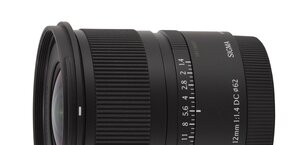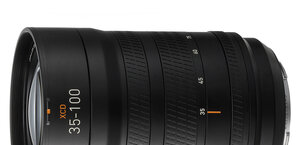Sigma S 70-200 mm f/2.8 DG DN OS
5. Chromatic and spherical aberration
Chromatic aberration
If a construction of the tested lens features as many as eight low dispersion elements it would be difficult to expect any slip-up when it comes to correction of longitudinal chromatic aberration. Indeed, the Sigma fares here exceedingly well: both at 135 mm and at 200 mm it would be difficult to notice any traces of colouring. The results of our test are here similar to these of the Tamron and slightly better than these of the Sony. |
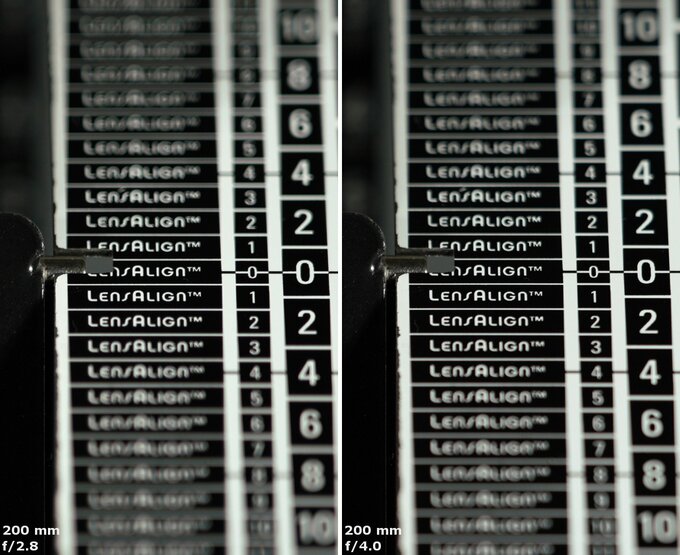 |
Now let's check how the Sigma S 70-200 mm f/2.8 DG DN OS corrects lateral chromatic aberration – its performance presents graphs below, one for the edge of the APS-C sensor, the other for the edge of full frame.
Please Support UsIf you enjoy our reviews and articles, and you want us to continue our work please, support our website by donating through PayPal. The funds are going to be used for paying our editorial team, renting servers, and equipping our testing studio; only that way we will be able to continue providing you interesting content for free. |
- - - - - - - - - - - - - - - - - - - - - - - - - - - - - - - - - - - - - - - - - - - - - - - -
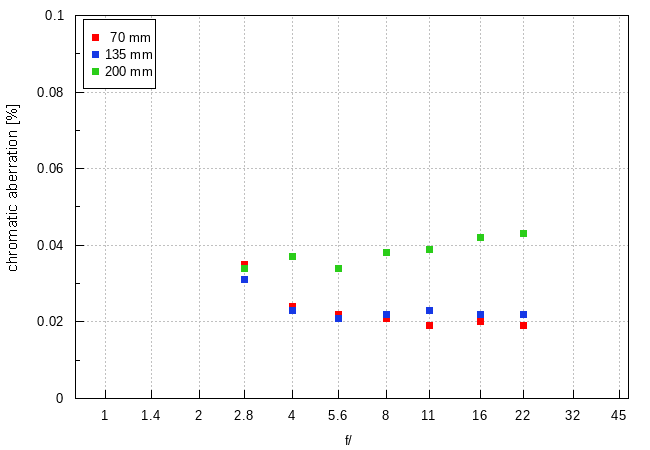

The results are brilliant. In the 70-135 mm range the aberration, described here, keeps a level of 0.02-0.03% so is very low everywhere. In case of the 200 mm focal length the lens gets near 0.04% but still it is a borderline between very low and low level.
You should also emphasize the fact that the Sigma performs slightly better than its rivals because both the Sony and the Tamron for some combinations were able to have results of 0.06-0.07%.
| A7R III, RAW, 70 mm, f/16.0 | A7R III, RAW, 200 mm, f/16.0 |
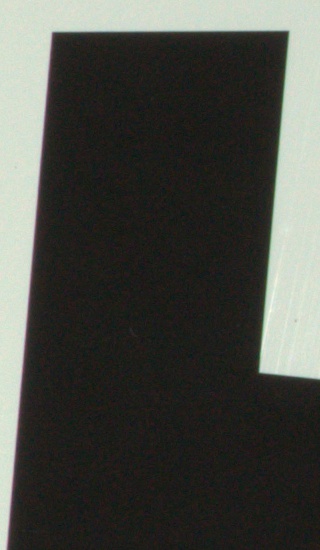
|

|
Spherical aberration
First photos of this chapter don't show practically any traces of focus shift; still spherical aberration cannot be corrected in a perfect way because of the appearance of out-of-focus circles of light we got before and behind the focus. In case of both focal lengths, tested here, the first circle shows a brighter rim and the second – soft edges. It is a classic symptom of spherical aberration. In this category the Sony prevails but the Tamron also showed distinct influence of spherical aberration at the longer end of the focal spectrum. .
| A7R IIIa, 135 mm, f/2.8, before | A7R IIIa, 135 mm, f/2.8, after |
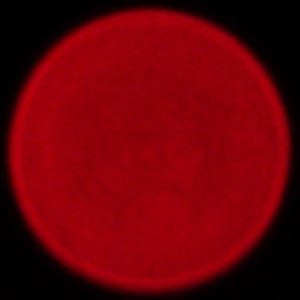
|

|
| A7R IIIa, 200 mm, f/2.8, before | A7R IIIa, 200 mm, f/2.8, after |
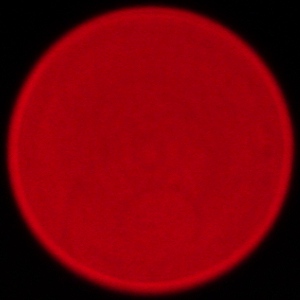
|
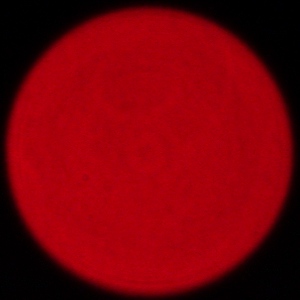
|




